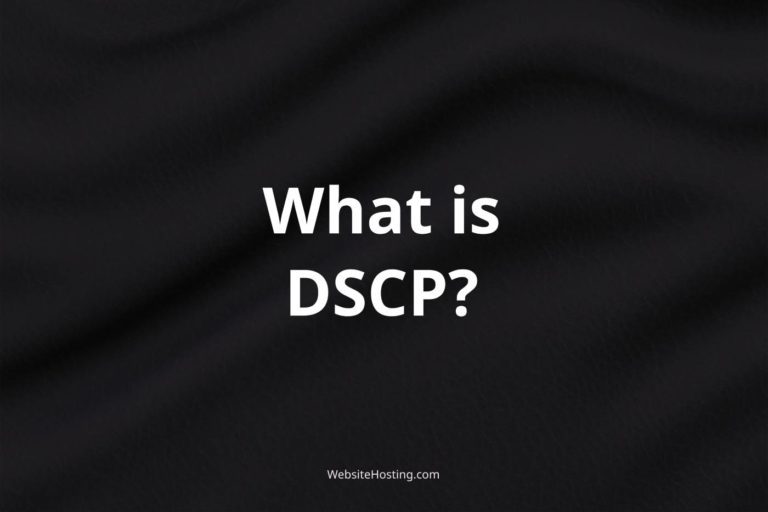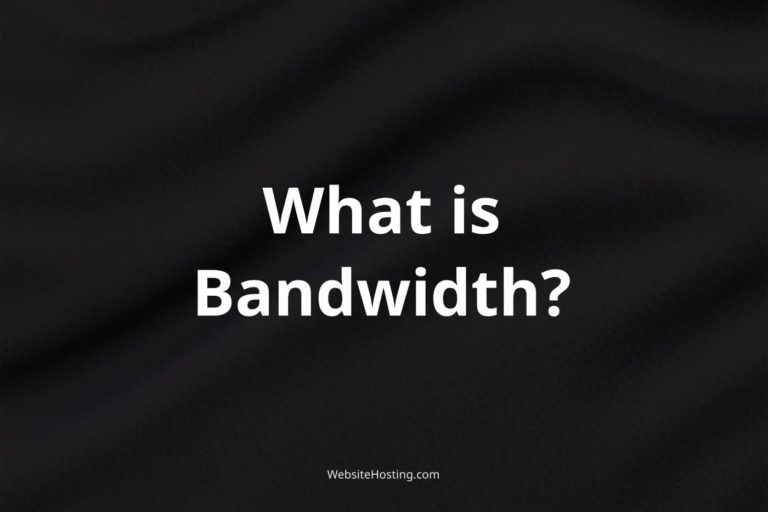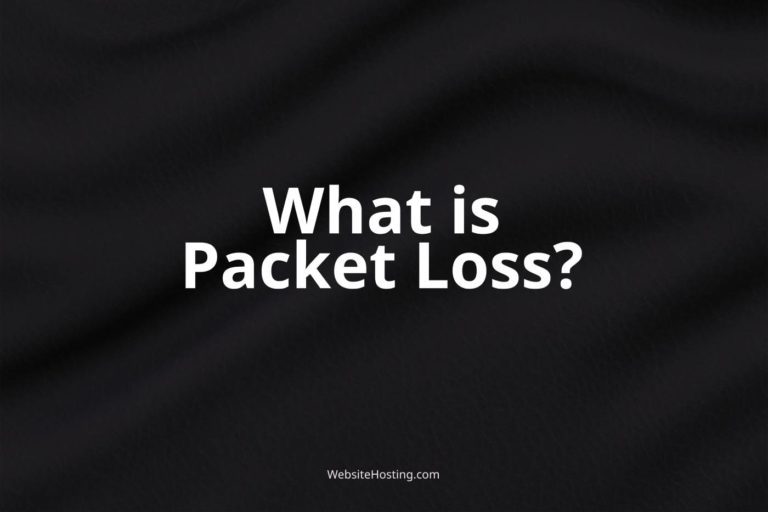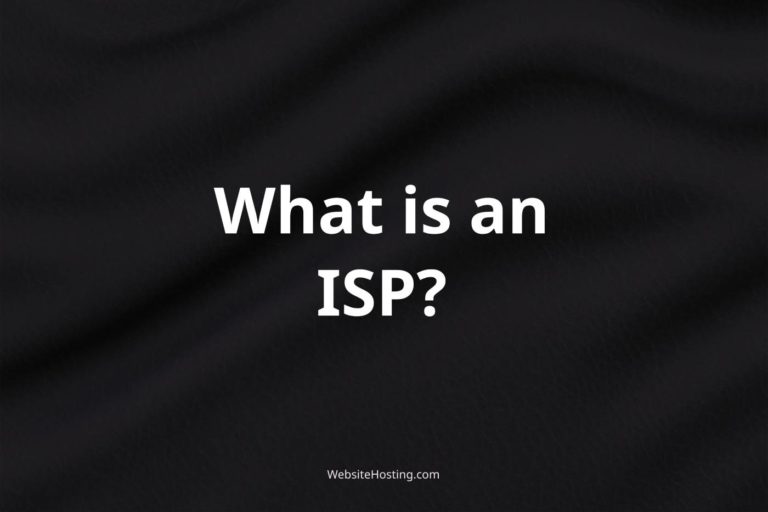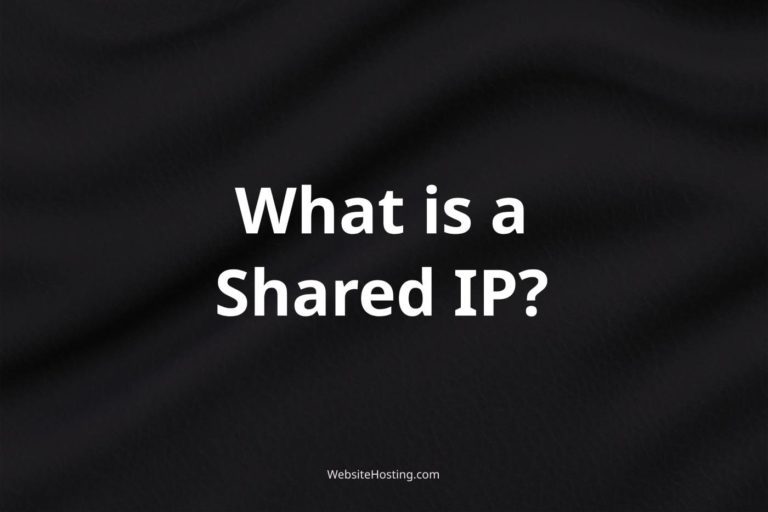DSCP (Differentiated Services Code Point) tagging is a method of classifying network traffic to prioritize certain types of traffic over others. It is used in Quality of Service (QoS) mechanisms to ensure that important traffic, such as voice and video, receives higher priority and is not disrupted by lower-priority traffic. In this article, we will explore the basics of DSCP tagging, how it works, and why it is important for modern networks.
How DSCP Tagging Works
DSCP tagging is a method of marking packets with a specific value that indicates the desired treatment of the traffic. This value is a 6-bit field in the IP header that is used to classify traffic into different classes or levels of priority. The higher the value, the higher the priority of the traffic.
DSCP tagging is typically used in conjunction with other QoS mechanisms, such as traffic shaping and bandwidth allocation, to ensure that higher-priority traffic is given preferential treatment when network resources are limited.
Why DSCP Tagging Is Important
DSCP tagging is an essential tool for network administrators who need to ensure that critical traffic is given priority over less important traffic. Without proper QoS mechanisms, network traffic can become congested and important traffic can be delayed or lost, leading to poor application performance and frustrated users.
DSCP tagging is also important for organizations that rely on real-time applications such as voice and video conferencing, as these applications require consistent, high-quality network performance to function properly.
In conclusion, DSCP tagging is a critical component of modern network management that allows network administrators to prioritize traffic based on its importance. By using DSCP tagging in conjunction with other QoS mechanisms, organizations can ensure that their critical applications receive the necessary network resources to function properly.
Related terms:
- Quality of Service (QoS)
- IP header
- Traffic shaping
- Bandwidth allocation
- Real-time applications
- Network performance
- Application performance
- Congestion
- Latency
- Packet loss
FAQ
-
What is DSCP tagging used for?
DSCP tagging is used to classify network traffic into different levels of priority so that critical traffic such as voice and video can be given preferential treatment when network resources are limited.
-
How is DSCP tagging different from other QoS mechanisms?
DSCP tagging is a specific method of marking packets with a value that indicates the desired treatment of the traffic. Other QoS mechanisms, such as traffic shaping and bandwidth allocation, are used in conjunction with DSCP tagging to ensure that traffic is treated appropriately.
-
Why is DSCP tagging important for real-time applications?
Real-time applications such as voice and video conferencing require consistent, high-quality network performance to function properly. DSCP tagging allows network administrators to prioritize this traffic over less important traffic.
-
Can DSCP tagging be used in wireless networks?
Yes, DSCP tagging can be used in wireless networks to prioritize traffic and improve network performance.
-
What are some common DSCP values used in DSCP tagging?
Common DSCP values used in DSCP tagging include EF (Expedited Forwarding), CS4 (Class Selector 4), and AF41 (Assured Forwarding 4,1).
-
How does DSCP tagging work?
DSCP tagging works by marking packets with a specific value in the IP header that indicates the desired treatment of the traffic. This value is used to classify traffic into different classes or levels of priority.
-
Can DSCP tagging be used on all types of traffic?
Yes, DSCP tagging can be used on all types of traffic, including TCP, UDP, and ICMP traffic.
-
What is the difference between DSCP and CoS?
DSCP is a method of marking packets with a value that indicates the desired treatment of the traffic, while CoS (Class of Service) is a more general term that refers to any method of classifying traffic into different levels of priority.
-
How can I implement DSCP tagging in my network?
DSCP tagging can be implemented by configuring your network devices, such as routers and switches, to mark packets with the appropriate DSCP value. You will also need to configure your QoS policies to ensure that traffic is treated appropriately based on its DSCP value.
-
What are some common DSCP tagging mistakes to avoid?
Common DSCP tagging mistakes include using the wrong DSCP value for a particular type of traffic, failing to configure QoS policies correctly, and not testing your QoS policies to ensure they are working as expected. It is important to understand the requirements of your network and to test your configurations thoroughly to avoid these mistakes.
